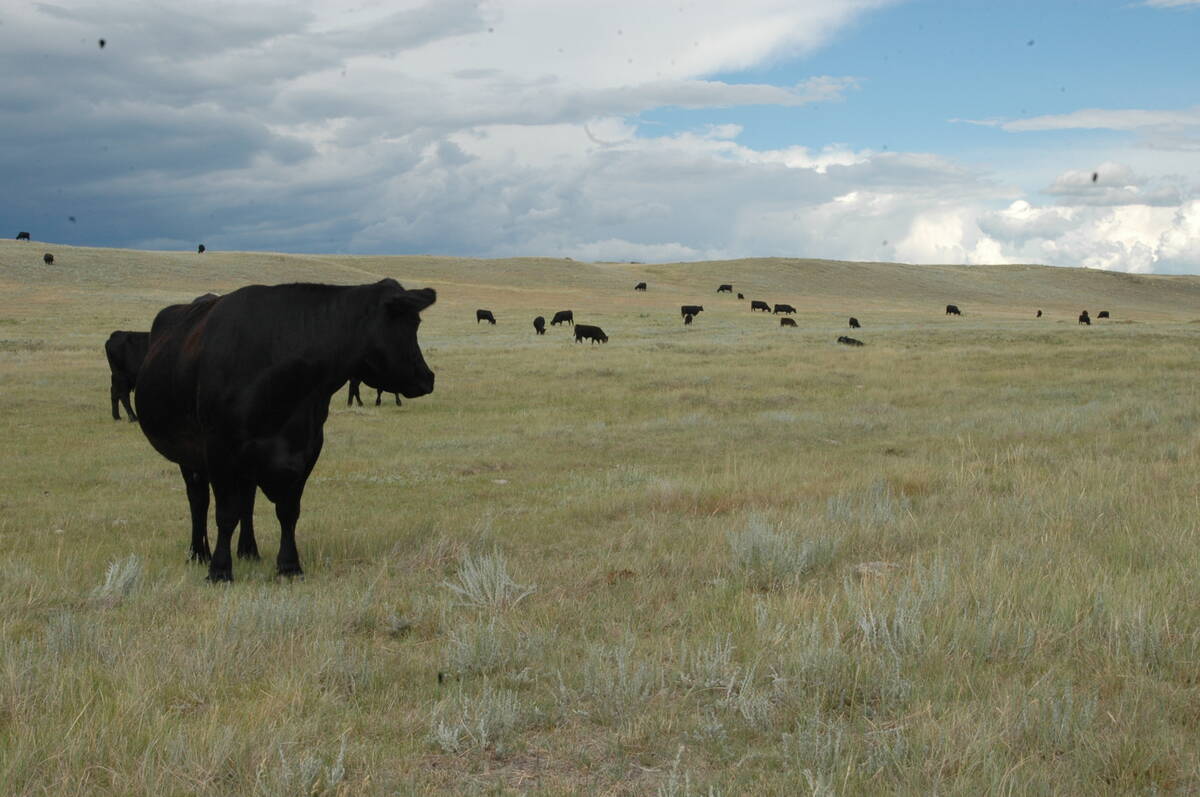New research funding Veterinarians are hoping to develop a vaccine for mycoplasma bovis and a way to detect the illness through blood samples
Additional funding has been secured to continue studies on a fatal respiratory disease in bison.
Mycoplasma bovis is considered one of the most significant diseases affecting bison in North America and the number one killer.
Considered a secondary disease in cattle, it has lethal effects on bison. Some prairie herds have seen up to 30 percent death loss, and many more see losses in the 10 to 15 percent range.
“In bison, from all we can tell, it’s like a primary disease. It really pulls them down and kills them eventually, although a lot of them end up being put down just because they’re so skinny,” said Dr. Roy Lewis, who is part of a research team investigating the illness.
Read Also

Saskatchewan Cattle Association struggles with lower marketings
This year’s change in the provincial checkoff has allowed the Saskatchewan Cattle Association to breathe a little easier when it comes to finances.
“We’ve been working on it for a couple years now but we’re continuing the research on it. We’re ramping it up with the University of Calgary,” said Lewis.
He and three other veterinarians have autopsied 100 bison and now have funding through the Alberta Livestock and Meat Agency to do another 80, this time concentrating on older animals.
Researchers at the U of C veterinary school are working on ways to detect the illness sooner, possibly by blood samples.
As wild animals, bison tend to hide illnesses and it is often too late to take action once symptoms become obvious.
“The first thing you notice is they’re losing weight, and then you notice they are coughing and breathing heavy,” said Lewis. Three to four weeks later, they die.
There is no vaccine available for mycoplasma bovis, although researchers are working on it.
Among them are veterinarians and researchers Pat Burrage, Murray Woodbury, Dave Hunter and Claire Windeyer.
Lewis said there is some evidence that bison can develop immunity, provided initial exposure is minimal. Determining how to provide that is the tricky part.
The disease is spread by direct contact between animals. There is also a possibility of non-symptomatic shedders of the organisms involved but more research on that is needed.















